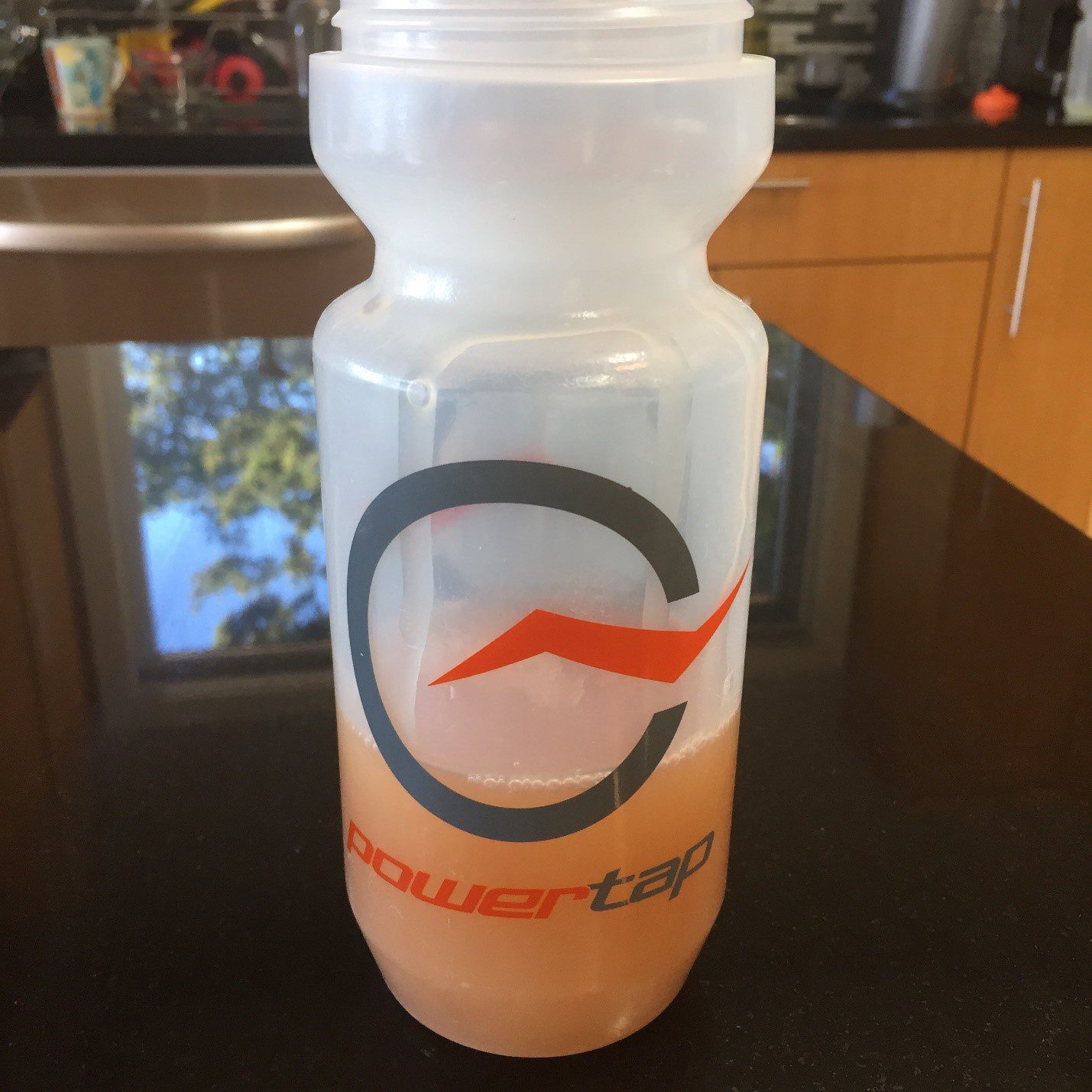How to fuel your Ironman


Fuelling for racing requires its own training. In order to train for fuelling correctly, you need to be organized. You could leave it to race day to test your plan but that could be a very costly dry run. Some of the most important training sessions in advance of an Ironman race involve all of the organization to eat/drink/pace exactly as you are going to race. The more sessions like this your body can tolerate the better. Even two long sessions simulating race day will give you a wealth of information to take into the real race.
However, since I am a complete rookie at the distance I thought I would get some advice for all of us from the best athletes in Canada who have the nutrition game sorted out. I asked Brent McMahon, Trevor Wurtele and Angela Naeth questions about their nutrition. Here are some of the answers they came back with.
- What NOT to do:
Angela: Don’t be too rigid. A lot of things can happen on race day – you may miss an aid station, lose your nutrition you carry or have stomach issues. Have a plan B to your plan A and options when things don’t stick to plan.
Trevor: Don’t overcomplicate it. No need for sandwiches while racing. When it comes down to it, your body just needs sugar to fuel your active muscles. Stick with sugars like maltodextrin, sucrose, and dextrose, and once in a while, even fructose. Though if you’re constantly having stomach issues – fructose can often be the problem
Brent: Never try a new nutrition product leading up to a race. Practise what you plan on using for race day at least for a few weeks minimum of not more. Your body adapts to the certain type of calories you normally ingest while training.
- Nutrition between sessions:
Angela: Focus on nutritious foods outside the window of training: including fruits, vegetables and lean meats. Keep the processed foods and quick-energy foods during your training windows (pre/post and during training). No need to count calories when focusing on nutritious foods.
Trevor: Again, don’t over-complicate it. If you want to stick with a particular diet to keep you on track to certain goals, that’s great. Personally, I eat a very wide variety of foods on a daily basis. The one staple I tend to avoid as much as possible is dairy, with the exception of a bit of Greek yogurt. Other than that, nuts, fruits and vegetables, various meats; all game for me. Once every couple weeks a pizza night or even a visit to a fast food restaurant keeps me going.
Brent: I tend not to be too picky about what I eat, I just try to eat balanced proportions of carbs, protein and fat at each meal. From there I try to mix up the variety of carbs and proteins throughout the week.
- Race specific nutrition advice:
Angela: Focus on three important aspects: hydration, electrolytes and calories. Practice. Find out what works for you hourly for calories (roughly 300 to 350 calories an hour) and do it over and over in training.
Trevor: Best advice I’ve ever received is to keep the carbohydrate to water intake around 8 to 10 percent. The way to calculate that is grams of carbohydrate, divided by liters of water. So, 100 calories has 25 grams of carbohydrate. To keep that at 10 per cent you’d need 250 ml of water.
The actual concentration you want really varies with intensity level. The slower and easier you go, the higher the concentration you can handle.
Even for the longer races stick with carbohydrates (maltodextrin, sucrose and dextrose) as much as possible, limiting your protein and fat intake while racing. It’s very hard for your gut to digest fats and proteins while working hard, which can ultimately lead to gastric distress, or calorie deprivation. If you feel you need to have a solid form of calories, keep it simple in the form of easy to swallow energy bars, or even a simple banana.
Brent: I try to make my race nutrition as simple and streamlined as possible and always have a bit extra. I like to put all of my Powergel for the bike and run into flasks so I do not have to worry about wrappers and getting sticky. I also try to rely as little as possible on the course provided nutrition. That way I know exactly what I am getting and get it when I want or need it.
